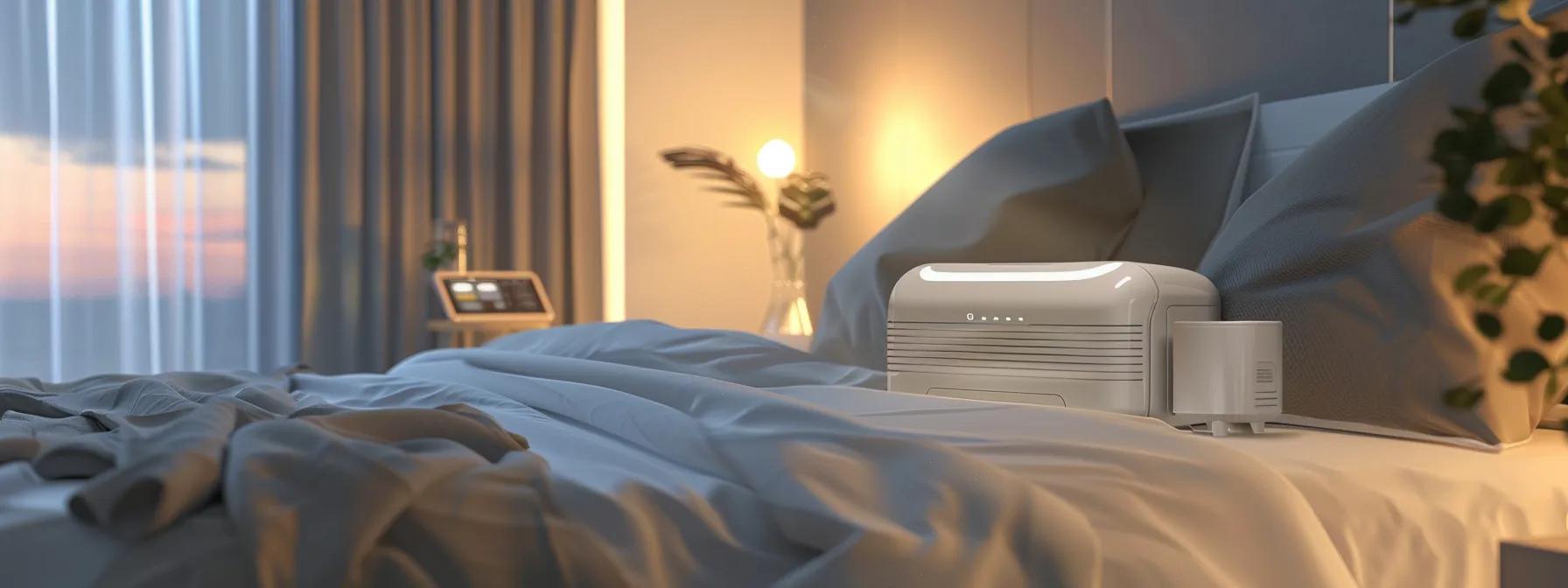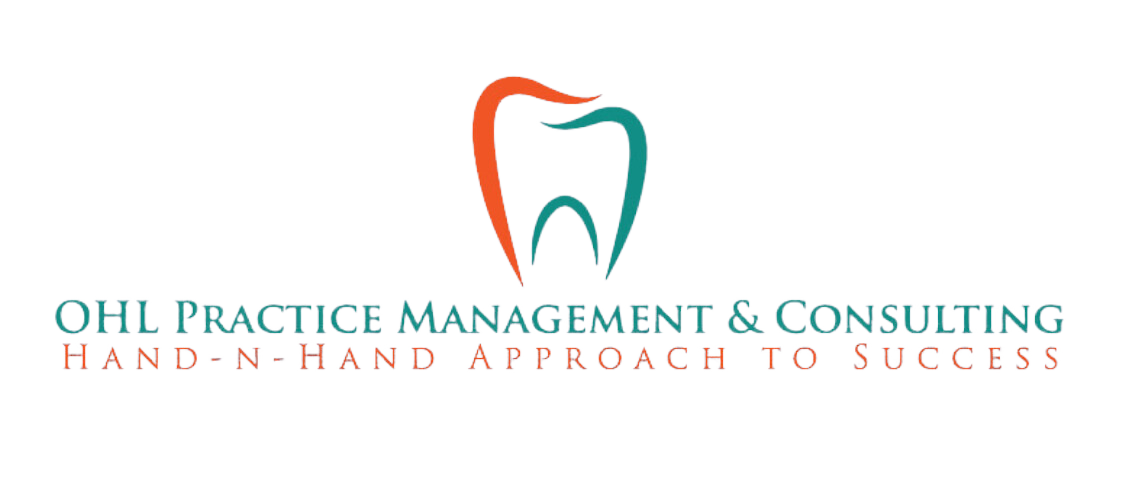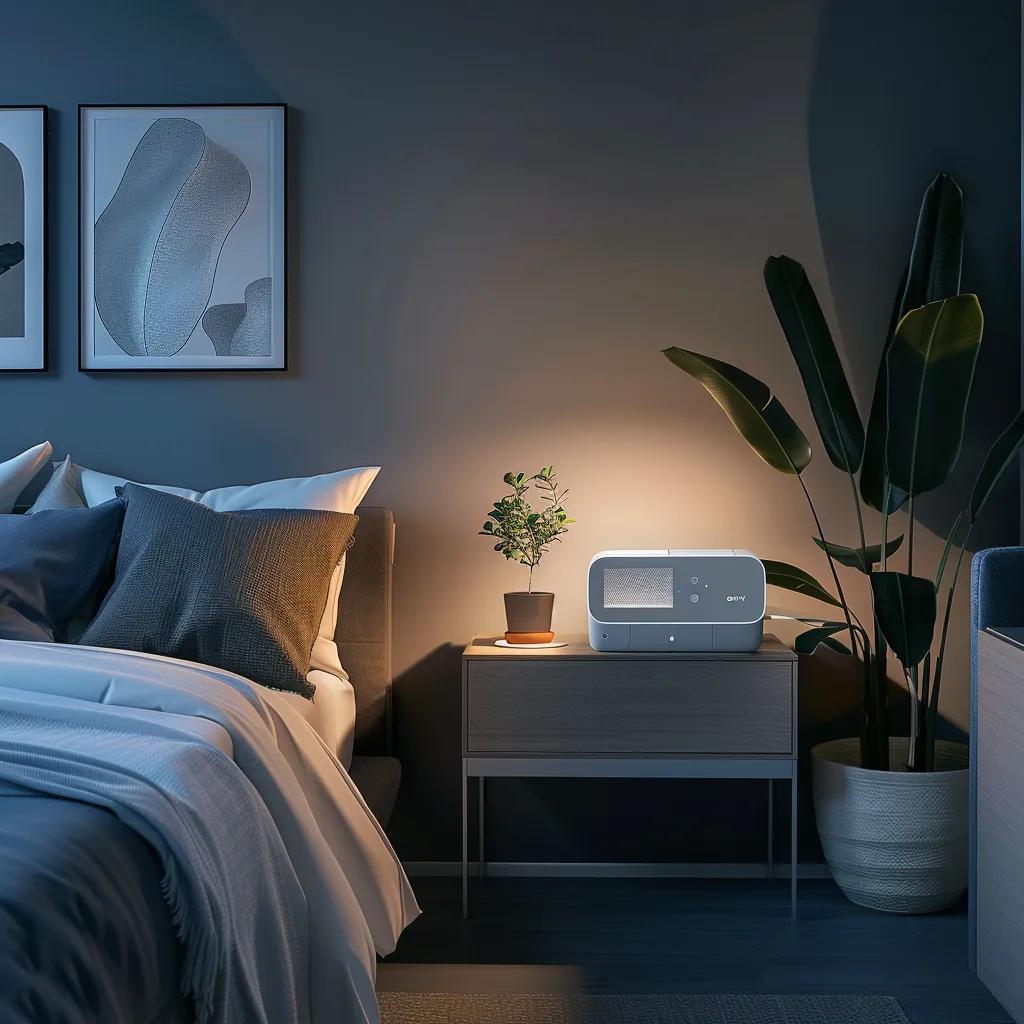To effectively tackle sleep apnea, it is crucial to explore a range of solutions—from simple lifestyle changes to the implementation of sophisticated medical devices. This exploration is guided by a central philosophy that treatment should be adaptable to individual patient needs, leading to improved health and quality of life.
At Ohl Practice Management & Consulting, we believe treating sleep apnea effectively requires a personalized strategy. We offer various treatments that address the unique needs of each patient, ensuring substantial improvements in their quality of rest and overall well-being. This article outlines comprehensive treatment strategies including behavioral, mechanical, and technological interventions.
Sleep apnea is more than just a nighttime nuisance; it has far-reaching implications on cardiovascular health, energy levels, and cognitive function. Many people go undiagnosed for years, unknowingly compromising their long-term health. By understanding available treatments, individuals can reclaim restful sleep and overall vitality. This is not just about reducing snoring—it’s about reclaiming quality of life.
Understanding the Impact of Sleep Apnea
Sleep apnea doesn’t just affect sleep—it has systemic consequences. Frequent interruptions in breathing during the night can lead to decreased oxygen levels, which puts strain on the cardiovascular system and increases the risk of heart disease and stroke. Daytime drowsiness from fragmented sleep may also contribute to impaired concentration, workplace accidents, and emotional instability.
Over time, unmanaged sleep apnea can contribute to chronic conditions such as type 2 diabetes, obesity, and depression. By recognizing these risks, patients and healthcare providers can address the root of multiple health challenges through a single diagnosis and treatment plan.
This understanding highlights why early identification and treatment of sleep apnea is vital—not just for better sleep, but for improved long-term health and quality of life.
Lifestyle Modifications and Early Interventions
Lifestyle modifications are the first essential area to consider. These include practical steps such as weight management, posture correction during sleep, and reducing alcohol and sedative intake. For example, a patient can be advised to lose weight through a nutritionist-guided diet and by increasing physical activity, which can alleviate the severity of sleep apnea. A simple adjustment like switching from back sleeping to side sleeping can reduce airway obstruction.
Improving Sleep Hygiene
One aspect of these lifestyle adjustments includes addressing sleep hygiene. Patients are encouraged to set consistent sleep schedules, create a bedtime routine that promotes relaxation, and redesign the sleep environment for optimal comfort. These practices, when consistently applied, can significantly alleviate the symptoms of sleep apnea. Even minor changes like reducing screen time before bed or lowering room temperature can enhance sleep quality.
Diet, Exercise, and Behavior
Educating patients on the impact of diet and exercise is another crucial element. Healthier eating habits and increased physical activity can reduce sleep apnea severity by promoting weight loss and improving respiratory function. Our nutrition and fitness guidance is customizable, making it approachable and sustainable for patients with various lifestyles. Combining structured support with ongoing encouragement improves compliance and long-term results.
Oral Appliance Therapy and Custom-Fitted Devices
Another key area is the utilization of oral appliances. Dentists can custom-fit devices such as mandibular advancement devices (MADs) to help keep the airway open. Clear instructions on how to use and maintain these devices can significantly impact their effectiveness. By educating patients about the available oral appliances and their correct usage, compliance and treatment outcomes can be improved.
Benefits of MADs
Mandibular advancement devices are often the first step in the treatment hierarchy for many patients. These custom-fitted oral appliances help to keep the airway open during sleep by advancing the lower jaw slightly. Tailoring these devices to the patient’s dental structure leads to both comfort and effectiveness. Regular usage paired with proper maintenance can make them a viable long-term option.
The Role of Dental Professionals
The expertise of a dental professional in fitting these devices cannot be understated. Proper fitting minimizes risks such as dental shifting or discomfort while maximizing the therapeutic benefits. Regular follow-up appointments allow the dentist to make adjustments and ensure the appliance continues to perform as intended. This attention to detail contributes greatly to treatment success.
Technological Solutions and Advanced Devices
For patients with more severe apnea, we introduce high-tech solutions like continuous positive airway pressure (CPAP) machines. With individualized settings and mask fittings, CPAP therapy can offer significant results, reducing apnea episodes and improving overall sleep quality. Our team ensures patients understand the device’s function and feel comfortable using it every night.
Innovation in Treatment
In cases where traditional approaches don’t yield the desired results, we consider alternative therapies such as hypoglossal nerve stimulation. This innovative treatment uses a small device implanted in the chest to stimulate the nerve that controls tongue movement, thereby keeping the airway open. It stands as a promising solution for those who haven’t found relief with more common treatments.
Enhancing Compliance with CPAP
Many patients encounter challenges with CPAP machines, such as discomfort or claustrophobia, which can hinder their compliance and the overall success of their treatment. By offering various device trials and adjusting settings, we help patients find the best fit for long-term comfort and effectiveness. Patient-centered adaptation is key to encouraging regular use.
Diagnostic Accuracy and Tailored Treatment Plans
Addressing sleep apnea requires overcoming challenges in its diagnosis and treatment. Our priority at Ohl Practice Management & Consulting is to tailor care plans that take into account the specific type of apnea—a strategy that minimizes health risks and honors patient preferences.
Identifying Types of Sleep Apnea
We differentiate between types of sleep apnea: obstructive (OSA), caused by physical blockages in the airway, and central (CSA), a neurological condition. Each demands distinct diagnostic strategies. Targeted tests allow our healthcare professionals to ensure accurate, effective treatment plans. In some cases, mixed apnea may require a combination of treatments.
Using Sleep Studies Effectively
Diagnosis begins with sleep studies—either home-based or in a sleep lab—providing quantitative data like Apnea-Hypopnea Index (AHI), oxygen levels, and sleep stage duration. This data becomes the blueprint for a personalized care plan that evolves with the patient’s response to treatment. Patients are walked through their results so they can take an active role in their care.

Escalation Triggers and Adjusting Strategies
Careful consideration guides the transition from basic to more advanced treatments for sleep apnea. This process is based on individual health indicators and specific benchmarks that signal when a change in strategy is necessary.
Assessing Severity and Coexisting Conditions
The initial factor in choosing a treatment is the severity of the apnea. Mild cases may be well-managed with lifestyle modifications or oral devices, while moderate to severe instances often require the use of CPAP machines or other advanced therapies. Assessment tools like sleep studies provide the data needed to make this distinction.
When to Escalate Care
If a patient isn’t experiencing improvement with initial solutions or is facing issues with adherence, we consider escalating to different strategies. This might involve adjusting the existing therapy or moving towards more innovative treatments like nerve stimulation that might yield better results. Escalation decisions are always discussed with the patient to ensure they feel confident in the next step.
Professional Guidance and Support Systems
Ohl Practice Management & Consulting is dedicated to providing continuous support to our patients, supplementing treatments with professional guidance and resources. We engage multiple channels to ensure individuals have the tools and knowledge necessary for managing sleep apnea successfully.
Telehealth and Education
Telehealth services allow patients to connect with specialists from the comfort of their homes. This convenient access means they can discuss their condition, treatment progress, and any concerns without the need for travel. Virtual consultations have made ongoing support more efficient and accessible.
Patient Empowerment and Peer Support
Educational workshops and digital learning materials are regularly provided to empower patients with information about their condition. By understanding how treatment works and why it’s important, patients are more likely to follow through with therapy. Support groups and interactive Q&A sessions also help build community and mutual encouragement.
Preventive Measures and Long-Term Maintenance
Preventing sleep apnea is a key focus at Ohl Practice Management & Consulting, where we emphasize practices such as weight management and lifestyle counseling as part of our proactive approach to care.
Building a Preventive Foundation
Maintaining a healthy weight is a cornerstone of apnea prevention. By assisting patients in developing personalized diet and exercise routines, we help reduce the risk of apnea’s onset or progression. These preventive steps provide a foundation for long-term health. Early education on risk factors is also integrated into our routine evaluations.
Early Screening and Dental Approaches
Additionally, we employ dental techniques like orthodontic expansion to address physical contributors to apnea. Combined with early screening protocols, these interventions can deter the condition’s advancement, aligning with the most advanced practices in preventive health care. Our emphasis is on early detection and education.
Conclusion
Ohl Practice Management & Consulting is committed to improving patients’ lives by offering tailored and extensive apnea treatments. Our focus on education and a diverse range of treatment options exemplifies our dedication to conquering sleep apnea.
We provide clear, accessible information on sleep apnea and its treatments, empowering our patients to make informed decisions. This includes practical advice on everything from lifestyle adjustments to understanding how different medical devices work.
Whether a patient benefits from behavioral changes or requires advanced medical intervention, we ensure each person has access to the appropriate solutions. This personalized approach helps us tackle the unique aspects of each case, leading to better health outcomes and higher quality of life.
Don’t let uncertainty hold you back. Schedule a consultation today and start building a thriving dental sleep practice with Ohl Consulting!
Ohl Practice Management & Consulting
connect@ohlpracticeconsulting.com
FAQ’s
If I have sleep apnea, what’s the first step I should take?
Start with lifestyle changes like improving your sleep hygiene, losing weight, and avoiding alcohol before bed, as these can significantly reduce apnea symptoms.
Are there alternatives to CPAP machines for sleep apnea?
Yes, there are alternatives such as oral appliances like mandibular advancement devices that can be effective, especially for mild to moderate cases.
Can sleep apnea be completely cured?
While some cases can be significantly improved or resolved through weight loss, lifestyle changes, or surgery, many require ongoing management with devices or lifestyle adaptation.





